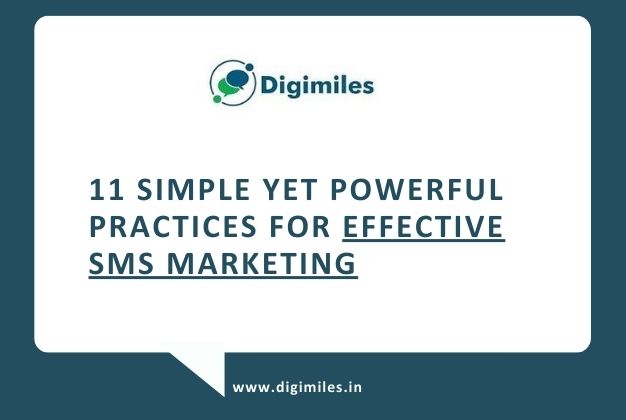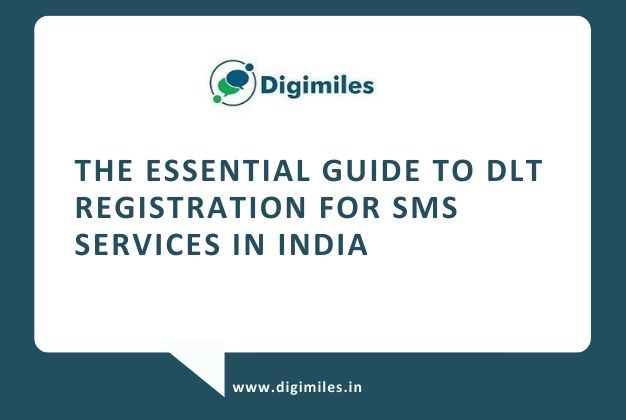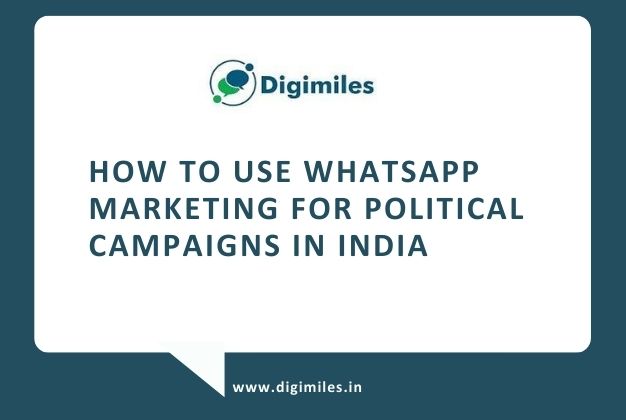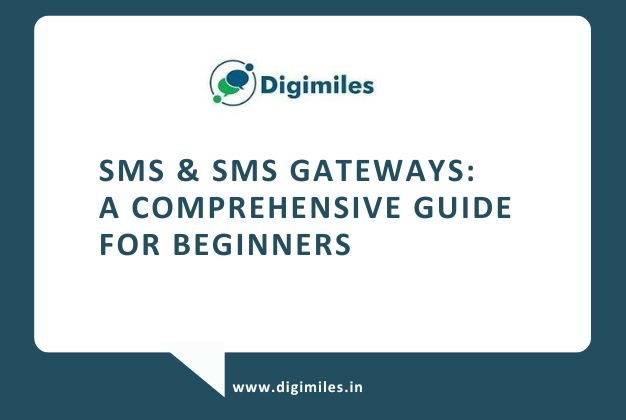11 Simple Yet Powerful Practices for Effective SMS Marketing

As the world moves digitally, SMS (Short Message Service) marketing is quickly becoming a powerful tool for businesses to reach out to their customers. With an open rate of 98%, SMS marketing can deliver results that are hard to achieve with other marketing channels. However, it’s not enough to simply blast out messages to your subscribers.
This article will discuss the essential best practices for successful SMS marketing that can help you increase your revenue, improve your customer engagement, and grow your business.
11 SMS Marketing Best Practices for Effective Campaigns
1. Segment Your Audience for Better Targeting
Segmenting the audience can help tailor your messages to each group’s specific needs and interests, increasing the likelihood of engagement and conversion. Here are some common ways to segment your audience:
- Demographics: Age, gender, location, income, occupation, etc.
- Psychographics: Interests, values, personality traits, lifestyles, etc.
- Behavior: Previous purchases, engagement with your brand, response to previous campaigns, etc.
- Frequency: How often they engage with your brand and make purchases.
- Timing: Time of day, day of the week, or seasonality of their behavior.
- Device: Type of device used to receive messages, such as a smartphone or tablet.
In this way, you’re ensuring to send relevant information to the right people.
2. Build Your Opt-in List
The first step in creating an effective SMS marketing campaign is to build your opt-in list. An opt-in list lists people permitted to receive messages from your business.
You can build your opt-in list through various methods, such as offering an incentive or promotion to customers who sign up, placing a call-to-action on your website, or using social media to encourage sign-ups.
Remember, it’s essential to get permission from your customers before sending SMS messages to avoid spamming them, which could harm your brand’s reputation.
3. Introduce Yourself
Imagine receiving a text message without any sender details but a link to signup for a product/service. You have no idea who it is, and probably, you will trash that text instantly.
When prospects and consumers know that they’re receiving SMS from the brand they know, they’ll be more likely to pay attention and respond.
It is vital to add your brand identity in each text message you send, especially when you can’t send promotional SMS with an alphabetic sender ID (business name in short) anymore, according to TCCPR 2018 regulation.
For example, adding any one of the following in your text message helps the receiver to recognize you:
- Website link
- Company name
4. Keep the Content Short
Whether sending a coupon code or a seasonal offer, ensure the text message is short and crispy. Ideally, it would be better to have it under 160 characters.
Use a friendly and informal tone, and avoid jargon. You’re not trying to fool consumers with tricky offers but helping them get value.
Also read, Bulk SMS for Spa and Salon
5. Use Catchy Words
Since your text message should be shorter, every character is in demand and leveraged smartly. Within 1-3 seconds, your SMS needs to grab consumers’ attention and engage them.
For example, use words like “SPECIAL OFFER,” “EXCLUSIVE DISCOUNT, “OFFER VALID TILL,” etc., in capital letters.
6. Personalize Your SMS
Personalizing messages can make your customers feel valued and more likely to engage with your brand. Use your customer’s first name and make your message sound like it’s coming from a human, not a machine.
Personalization can also include sending relevant messages to the customer’s location or recent purchase history. For example, if a customer has just purchased a new phone from your store, you could send them an SMS message offering a discount on a phone case.
7. Add a Clear Call To Action
People have no time to spend minutes understanding your text message. So roll out your message to be easy to grasp and actionable easily.
With a clear Call-To-Action (CTA), you can guide the consumer on what action to take.
For example, it could be adding a Coupon code to get a discount on their next purchase, asking them to share the offer with their friends and family, earning referral credits, etc.
Also read, A Guide to Using WhatsApp Marketing in Your Political Campaign in India
8. Communicate Opt-out
Your consumers may have given their consent (opt-in) to receive marketing text messages from your brand, but it can’t always be the same. They may have changed their minds or mobile numbers, etc. So be responsible and allow your consumers to opt-out if they wish to.
This is key to adhering to TRAI guidelines, but it also benefits you as you will save time and resources by not wasting your efforts on a cold prospect.
Example:
- To unsubscribe from our future text messages, please write us info@digimiles.in.
- Text “UNSUB” to 9916011355″ from your registered number to opt-out.
9. Time Your Messages Right
Timing is crucial in SMS marketing. Sending messages at the wrong time can annoy your customers, and they may even opt out of your SMS messages.
Avoid sending messages too early in the morning or too late at night. Instead, time your messages when your customers are most likely to be engaged, such as during lunch breaks or in the evening.
Also read, Bulk SMS for School and College
10. Don’t Send Back-to-Back
Don’t send text messages just because you can. If you don’t have any critical or valuable information to share, stay as you are.
Otherwise, your text messages will annoy the consumers, hurting your brand authority and making you lose subscribers eventually.
11. Test and refine your campaigns
SMS marketing is not a one-size-fits-all approach, and it’s important to regularly test and refine your campaign. Testing different messaging strategies can help you identify what works best for your business and customers.
Analyzing your campaign’s performance can also help you identify areas that need improvement. For example, if your open rates are low, it may be time to rethink your messaging strategy.
Frequently Asked Questions about SMS Marketing
How often should I send SMS messages to my customers?
It depends on your business and your customers’ preferences. Generally, once a week is a good frequency.
Can I send promotional messages to customers who haven’t opted in?
Sending an SMS to a customer without explicit consent is illegal, and you could get in trouble.
Can I use SMS as my only marketing channel?
It’s not recommended. SMS should be used as part of an overall marketing strategy.
Conclusion
SMS marketing can be an effective way to engage with your customers and promote your business. However, following best practices is essential to get the most out of your campaign.
Remember always to test and refine your messages to maximize your results.
If you’re ready to unlock the power of SMS marketing, consider signing up for one of our SMS plans.






